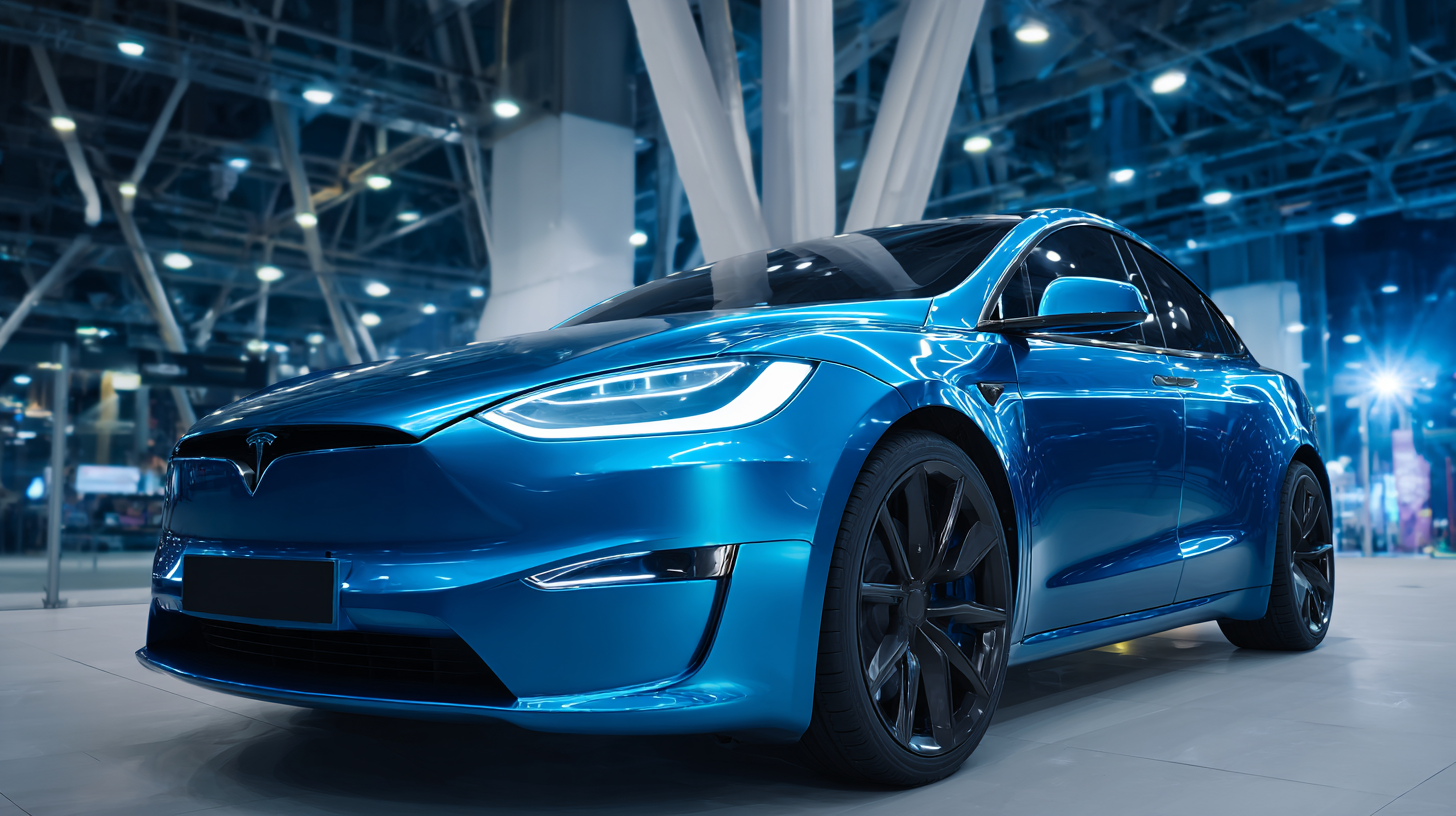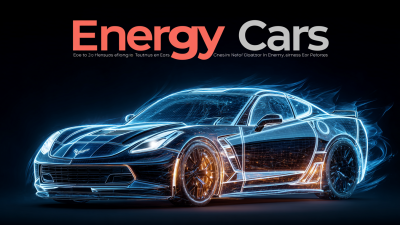Leave Your Message
As the automotive industry undergoes a transformative shift towards sustainability, the emergence of Cars With Electric technology stands at the forefront of this evolution. According to a report by the International Energy Agency, global electric vehicle (EV) sales have grown significantly, with a staggering increase of 40% in 2020 alone, despite the challenges posed by the pandemic. By 2025, it is projected that electric cars could make up 14% of global vehicle sales, reflecting a critical move towards reducing greenhouse gas emissions and dependency on fossil fuels. Moreover, advancements in battery technology and decreasing production costs are further propelling this trend, as manufacturers seek to fulfill the growing consumer demand for cleaner, smarter mobility solutions. As we delve into the future of driving, it is essential to explore how the rise of Cars With Electric not only enhances environmental sustainability but also reshapes the dynamics of transportation on a global scale.

The shift from internal combustion engines to electric vehicles (EVs) is rapidly transforming the automotive landscape. In 2024, global electric car sales reached a remarkable 17 million, marking a growth of over 25% compared to the previous year. This surge significantly outpaced traditional vehicle sales, highlighting a clear consumer preference for more sustainable transportation options. Experts predict this trend will continue, with the global electric vehicle motor market projected to grow from approximately USD 25.17 billion in 2025 to USD 71.92 billion by 2034.
Moreover, the transition to electric vehicles presents both opportunities and challenges for the economy. The demand for EVs is prompting automakers to innovate and adapt, leading to job creation within new industries focused on battery technology and electric drivetrain manufacturing. However, automakers also face hurdles, such as high upfront costs and the need for extensive infrastructure development to support widespread EV adoption. As the industry moves forward, it will be crucial to navigate these challenges while capitalizing on the growing consumer interest in environmentally friendly vehicles.
This chart illustrates the growth of electric vehicle adoption over the years, showcasing the shift from internal combustion engines to electric technology. The data reflects the increasing trend in the percentage of electric vehicles on the road.
The electric vehicle (EV) market is on a transformative trajectory, with projections indicating remarkable growth by 2030. As environmental concerns and government policies push for sustainable alternatives, the share of electric vehicles in the automotive market is expected to surpass 30%. Factors such as advancements in battery technology, the expansion of charging infrastructure, and increased consumer awareness are driving this shift. Major automotive manufacturers are ramping up their investments in electric technology, with many committing to phase out internal combustion engines entirely within the next decade.
Tips for potential EV buyers: Consider researching local incentives that can significantly reduce the cost of purchasing an electric vehicle. Many regions offer tax rebates, grants, or low-interest financing options that can make the transition to electric more affordable. Additionally, evaluate the availability of charging stations in your area to ensure convenience in daily use.
As we approach 2030, the trends indicate a diversification in the EV market, catering to various consumer needs—from compact cars to larger SUVs. Keep an eye on new models being released, as many manufacturers are investing in electric versions of popular vehicles. This diversification will make it easier for consumers to find electric options that suit their lifestyle, further promoting the adoption of electric technology.

The surge in popularity of electric vehicles (EVs) can be attributed to a combination of shifting consumer preferences and significant advancements in technology. According to a recent report from the International Energy Agency (IEA), global electric car sales reached 6.6 million units in 2021—a 108% increase from 2020. This growth reflects a growing consumer awareness of environmental issues and a desire for sustainable transportation options. Features like reduced emissions and lower operating costs make EVs increasingly appealing to eco-conscious buyers.
In the United States, data from the Automotive Industry Association indicates that over 50% of consumers are considering purchasing an electric vehicle for their next car, with millennials leading this trend. Factors influencing their decision include the availability of charging infrastructure, improved battery technologies that extend range, and government incentives promoting green technology. Potential buyers are also swayed by the notion of contributing to a cleaner environment while benefiting from the latest technological innovations in automotive design.
Tips: When considering an EV, research local charging facilities to ensure convenience in daily use. Additionally, stay informed about government incentives and rebates that can significantly reduce the overall cost of purchasing an electric vehicle. Finally, test-drive multiple models to find the one that best suits your lifestyle and preferences, as advancements in technology have made a diverse range of EVs available on the market.
Government policies and incentives play a crucial role in shaping the electric vehicle (EV) landscape. Various governments worldwide are implementing regulations that not only promote the adoption of electric technology but also stimulate innovation in the automotive industry. These policies often include tax breaks, grants for research and development, and subsidies for consumers purchasing EVs. As a result, manufacturers are driven to enhance their electric vehicle offerings, leading to advancements in battery technology, efficiency, and overall performance.
In addition to financial incentives, stringent emissions regulations challenge automakers to rethink their design and production processes. Many countries have set ambitious targets for reducing greenhouse gas emissions, encouraging manufacturers to invest in electrification. This regulatory environment fosters competition, as companies strive to meet or exceed these standards, thus accelerating the race toward electric mobility. The interplay between government policies and market dynamics not only accelerates the transition to cleaner transportation but also ensures that innovation remains at the forefront of the automotive sector.
The rapid advancement of electric vehicles (EVs) is heavily reliant on the growth of charging infrastructure. As more consumers shift towards electric technology, the availability and accessibility of charging stations have become crucial. Key data points indicate that in various regions, the number of charging stations is expected to double within the next five years, addressing one of the main concerns for potential EV owners: range anxiety. Governments and private enterprises are investing significantly in this infrastructure, establishing fast charging networks that aim to make EVs more appealing for everyday use.
Moreover, the development of smart charging solutions is revolutionizing the way we perceive and utilize electric power for vehicles. Integrating technologies such as mobile apps and smart grids allows users to locate charging stations, pre-book charging times, and even optimize their energy consumption based on grid demands. These advancements not only enhance the user experience but also contribute to a more sustainable energy ecosystem. With these developments, the future of driving is set to become more convenient and environmentally friendly, clearing the path for widespread adoption of electric cars.







